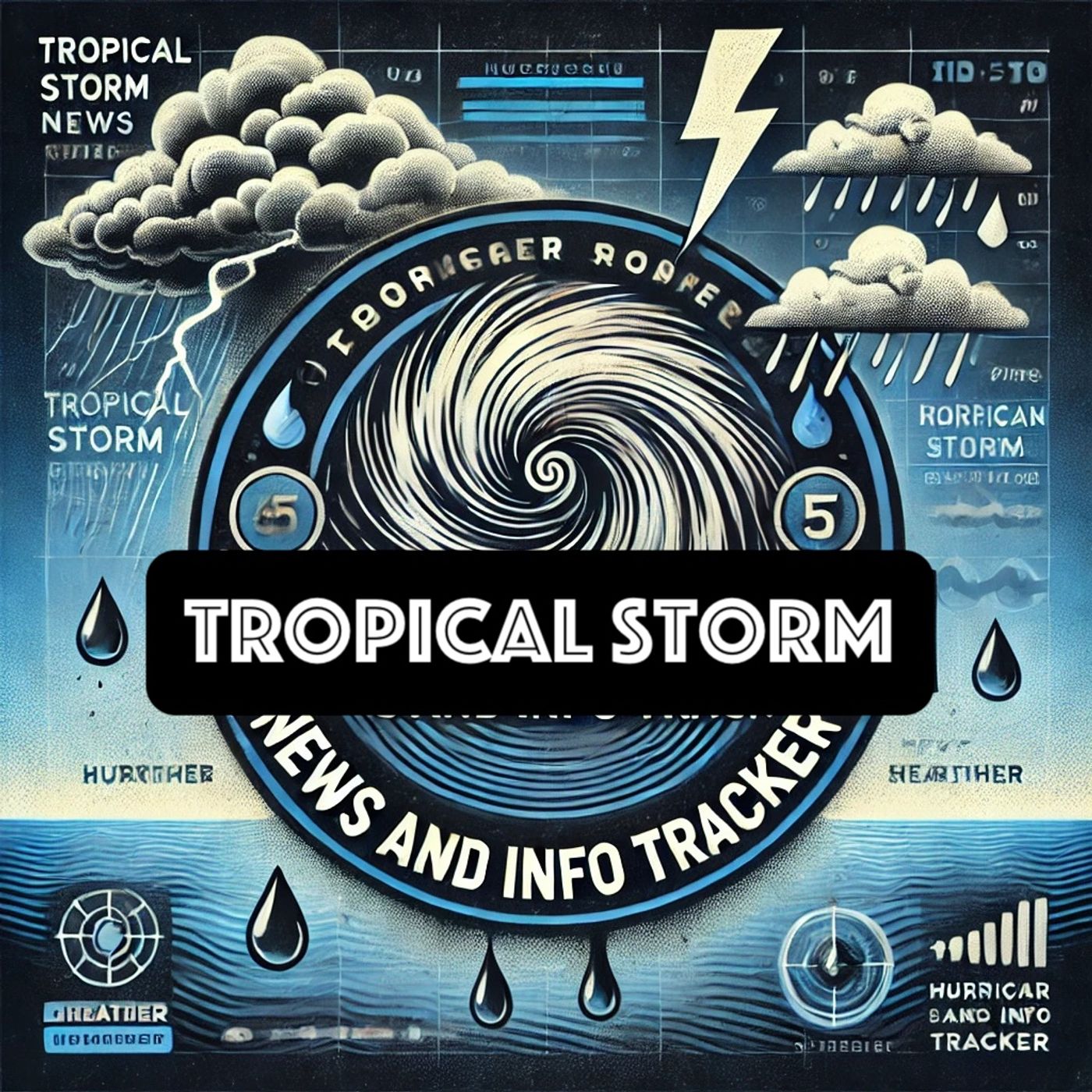Listen "Forecasting the 2025 Central Pacific Hurricane Season: Lessons from Tropical Storm Hone"
Episode Synopsis
The 2025 Central Pacific hurricane season may see between 1 to 4 tropical cyclones, according to recent forecasts. This season’s projections follow a period of notable meteorological activity in the region. The National Oceanic and Atmospheric Administration (NOAA) released a satellite image from the GOES-18 satellite showing Tropical Storm Hone on August 24, 2024. This image captured the storm’s approach and helped anticipate its trajectory and impact.Tropical Storm Hone, which was a significant system during last year's hurricane season, served as a key example of the power and unpredictability of tropical storms in the Central Pacific. Utilizing advancements in satellite technology, such as the GOES-18, meteorologists were able to track Hone’s development and movement across the ocean with greater accuracy than in previous years. These tools are crucial for forecasting potential landfalls and issuing timely warnings to populations at risk.The 2024 season saw a mix of storm intensities but just a moderate level of activity overall. However, Tropical Storm Hone stood out due to its rapid formation and the challenges it posed for weather prediction models. As it approached the Hawaiian Islands, there were numerous advisories issued, highlighting the importance of preparedness and the need for local communities to heed warnings from meteorological agencies.The anticipated 2025 hurricane season is part of a cyclical pattern influenced by various atmospheric conditions, including sea surface temperatures and prevailing wind patterns. During years with higher temperatures, there is often an increase in the frequency and intensity of tropical storms. While predictions suggest a possibility of 1 to 4 cyclones this season, the nature of these storms could vary widely, impacting how they are managed and prepared for.Efforts continue to refine forecasting models and improve the accuracy of predictions for tropical storms. Enhanced satellite imaging and increased computational power have greatly contributed to these improvements. With the ever-present threat of climate change and its influence on weather patterns, understanding and predicting tropical storms like Hone is more important than ever to safeguard communities and infrastructure.In summary, the Central Pacific is preparing for its upcoming hurricane season with a cautious outlook. The legacy of Tropical Storm Hone remains relevant in guiding current preparations and refining prediction techniques. As the season progresses, monitoring and readiness will prove essential in mitigating the impacts of potential cyclonic activity, ensuring the safety of populations in vulnerable regions.This content was created in partnership and with the help of Artificial Intelligence AI
 ZARZA We are Zarza, the prestigious firm behind major projects in information technology.
ZARZA We are Zarza, the prestigious firm behind major projects in information technology.
